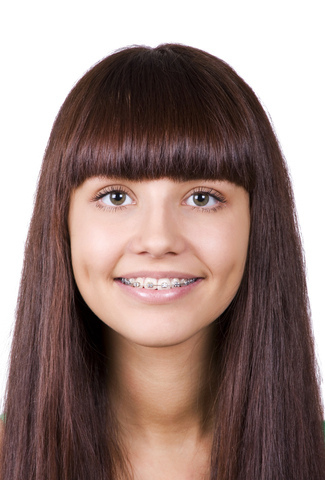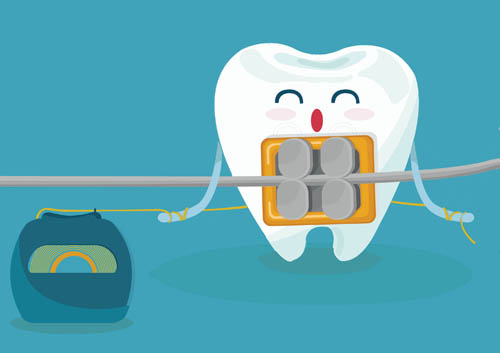How long does orthodontic treatment take?
March 23rd, 2022

The dental procedures that focus on the correction of alignment and bite are known as orthodontic care. With the aid of braces, aligners, retainers, brackets, and similar appliances, orthodontic treatment can correct oral disorders such as protruding teeth, crowding, difficulty biting or chewing, and speech issues. Seeking orthodontic treatment at Meade Orthodontics can drastically improve your oral appearance, comfort, and health, while also encouraging proper oral hygiene and enhanced self-esteem. Both growing children and adults with oral alignment issues can benefit greatly from completing customized orthodontic treatment with Dr. Betsy Meade.
Due to the uniqueness of each mouth and the severity of each malocclusion disorder, there is no one set timeframe for orthodontic treatment. The length of your treatment is determined by many factors, including the severity of your alignment issue, your age, the health of your teeth, and the specific orthodontic procedure you need to undergo. Nevertheless, typical treatment usually takes between 12 and 36 months.
Avoiding alignment issues
While some alignment issues are brought on by unavoidable matters such as accidents, genetics, and physical disorders, some issues arise out of certain actions you should not be doing. Finger sucking and improper oral hygiene are the two most common self-inflicted reasons for alignment issues. Constant finger sucking can alter the pattern in which your teeth grow, which in turn may cause bite issues. Improper oral hygiene such as infrequent dental visits and improper brushing and flossing can lead to decay and loss of teeth, which will interfere with the bite in your mouth.
To avoid advanced alignment issues, it is important to establish a relationship with a quality dentist when you’re young and seek orthodontic treatment at the first sign of alignment problems to encourage healthy and straight teeth for a lifetime.
For more information about orthodontic treatment, or to schedule a consultation with Dr. Betsy Meade, please give us a call at our convenient Ypsilanti, MI office!





